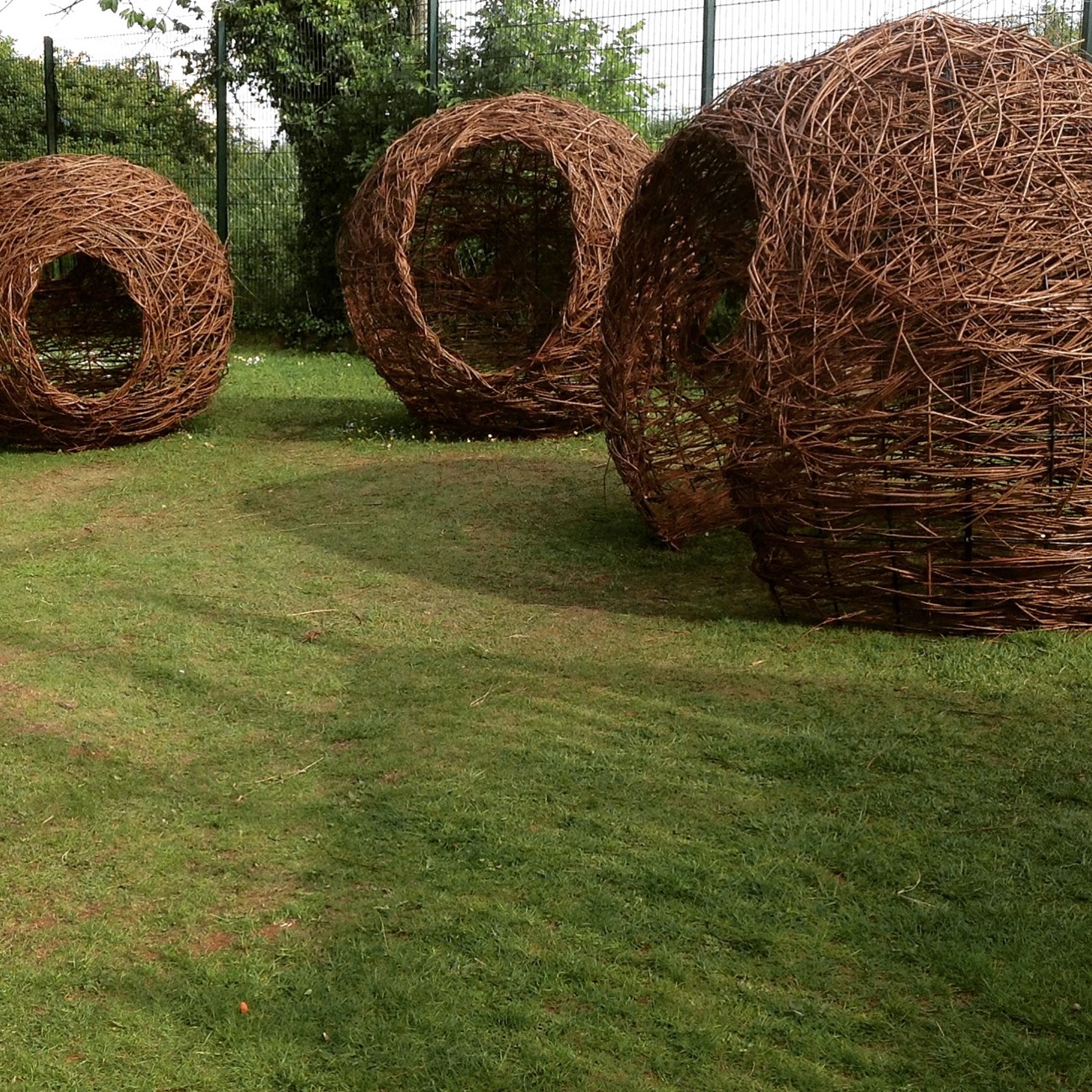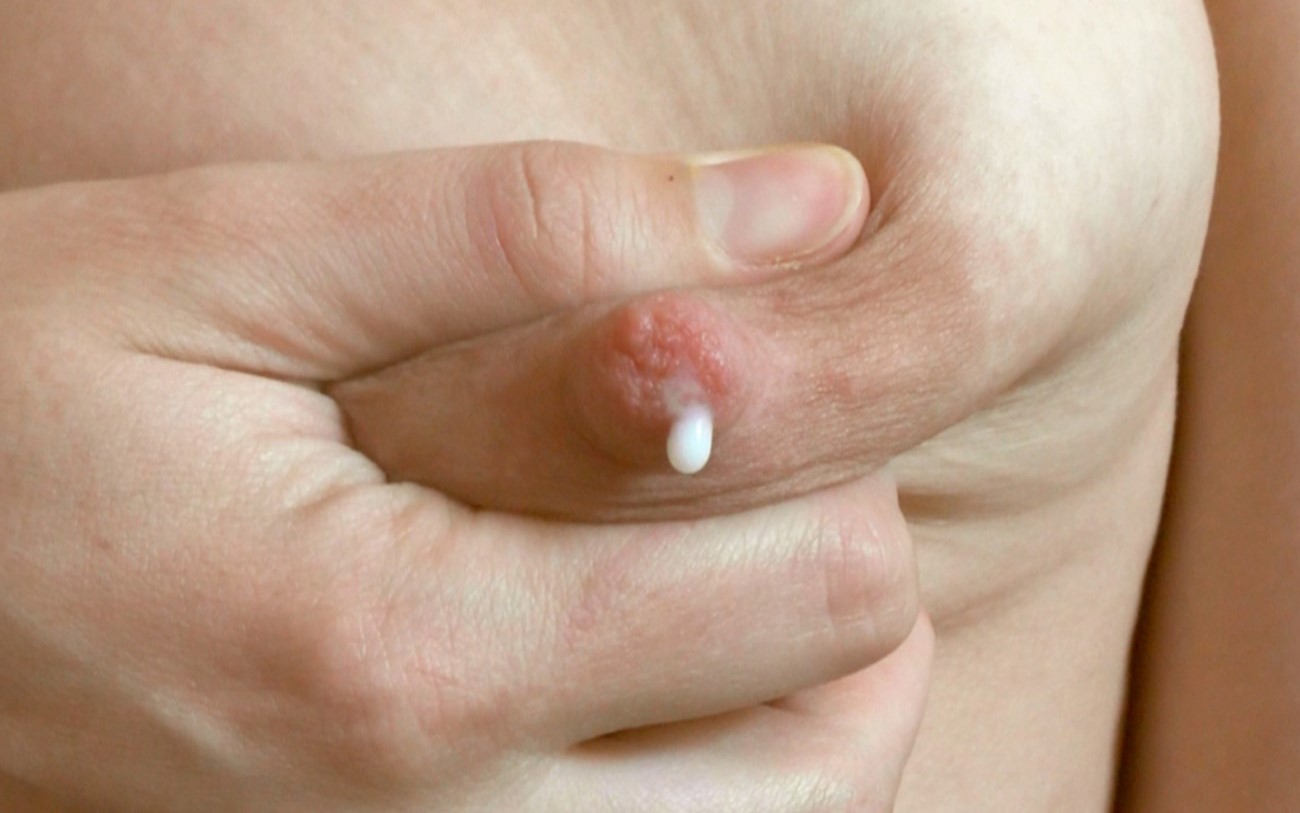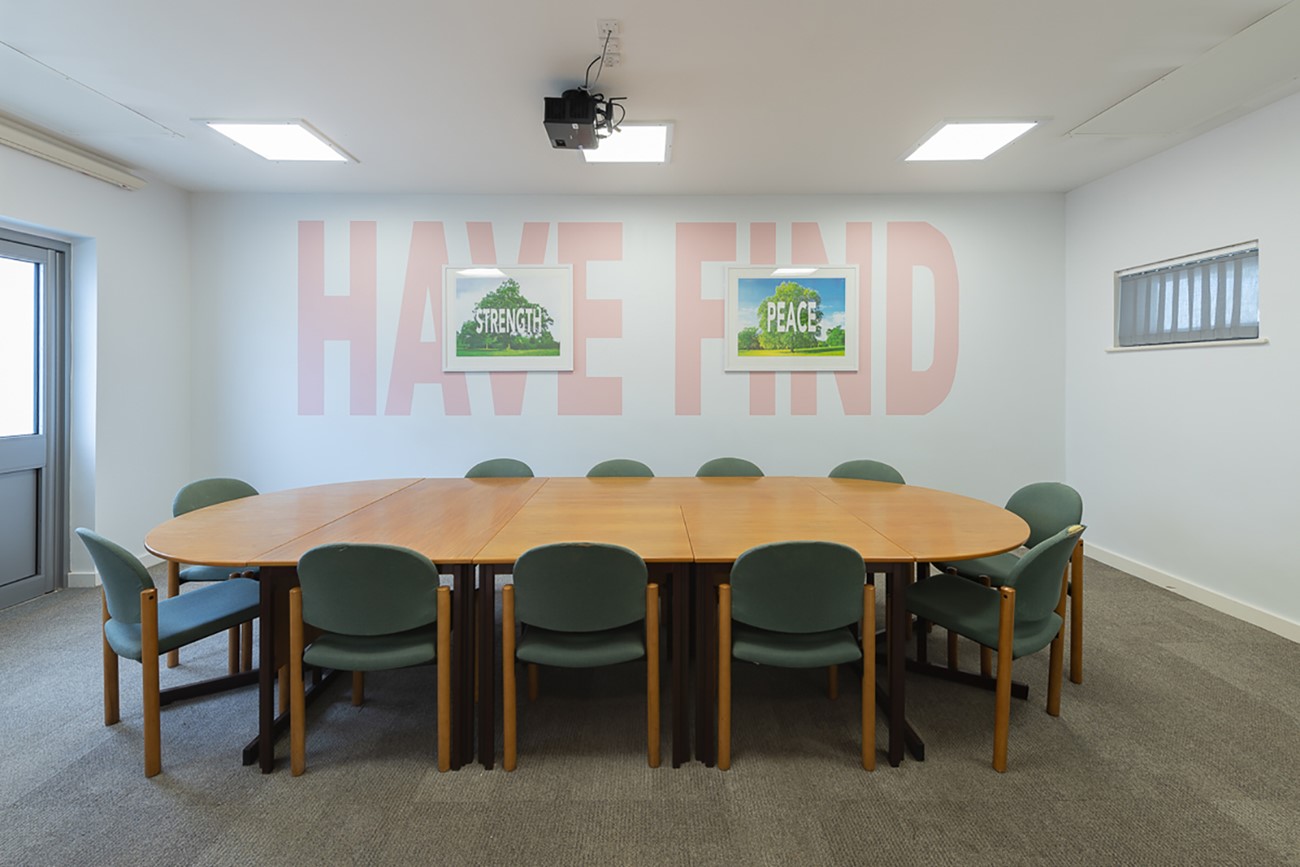For #Five2Watch this week we've selected five artists who have made work surrounding notions of care, featuring: Blair Cunningham, Julieann Worrall Hood, Gail Howard, Robyn LeRoy-Evans and Carl Rowe.
Urban Agriculture Growing Care, 2015
This art work was commissioned as part of a larger body of research looking at Glasgow’s growing community gardens. The larger research project was carried out by researchers at the University of Glasgow (1) that concluded that these gardens were of immense importance in the development of community empowerment, social inclusion, community cohesion and spaces for informal learning. I was commissioned to create an artists book to explore some of these issues and strategies that considers community gardening as an example of what a more caring city looks like. Caring here should be understood as an everyday urban activity, which, as Joan Tronto suggests, involves “everything we do to maintain, continue and repair our ‘world’ so that we can live in it as well as possible” (2). This artwork represented a glimpse of another Glasgow, a Glasgow that generates new forms of value in places and people all too often neglected or exploited by purveyors of the ‘profit first’ logic.
(1) Project Report, Glasgow’s Community Gardens: Sustainable Communities of Care can be accessed via the University of Glasgow webpage at http://www.gla.ac.uk/media/media_398225_en.pdf
(2)Tronto, J. 2013. Caring Democracy: Markets, Equality and Justice New York and London, New York Univeristy Press.

Three Ways School, Bath, 2017
A series of three woven willow spheres created with the help of children with a range of SEND from KS1 and 2. The project was as much about the experiential process as the outcomes and was informed by the nest making activities of the KS1 and KS2 pupils. The spheres now provide spaces for shelter, learning and play for children with diverse physical, mental and emotional needs - spaces to dream, tactile encounters, interactive spatial imaginaries.

Brief History of Healing Part 2, 2019
Following on from the Summer spent at Llandough Hospital, BHoH part 2 was a series of workshops & talks alongside an exhibition of collaborative patient-made artwork at ArcadeCampfa in Central Cardiff . In response to conversations with inpatients at Llandough and Hafan y Coed Psychiatric Unit about the notion of 'comfort', we made hammocks from 'retired' NHS curtains, gallery visitors were invited to lie in them and listen to the sound of willow being woven. Visitors were also encouraged to sew (sleep mask and slipper kits were available, pre cut from NHS curtains), make text based prints via the repurposed drugs trolley, and to recommend their own treatments via the alternative prescription service - all contributions became part of the exhibition, and the focus continued to fall on the relationship between art making and our wellbeing, particularly the importance of our immediate environment. The Museum of Healing in the Arcade Space hosted workshops from Georgia Twigg, Lee Cutter and Alex Goodman.

To Make You Big and Strong, 2017
A two-screen video installation of lactating breasts being pulled, folded, and squeezed by the mother-artist’s hands

Have Strength Find Peace, 2018
Wall painted text and framed screen-prints (incorporating carbonated vegetation)
Carl Rowe 2018
Commissioned by Hospital Rooms charity
The combined-media installation Have Strength Find Peace is an artwork commissioned by Hospital Rooms for the Tribunal Room at Woodlands mental health unit, Ipswich Hospital. The text used in the piece is derived from a workshop that Carl Rowe undertook with patients at Woodlands. In the screen-prints, the words ‘Strength’ and ‘Peace’ have been superimposed over photographs of majestic trees that grow in Christchurch Park, Ipswich. The intention of bringing nature inside the confines of the room has been surreptitiously reinforced by virtue of the fact that the black ink used in the screen-printing process is derived from carbonated acorns, sweet chestnuts and horse chestnuts gathered from Christchurch Park. The concept of harnessing physical material (dust) to become a pictorial representation of itself is common to Rowe’s practice and underpins a transformative and somewhat mystical process.

Published 27 March 2020